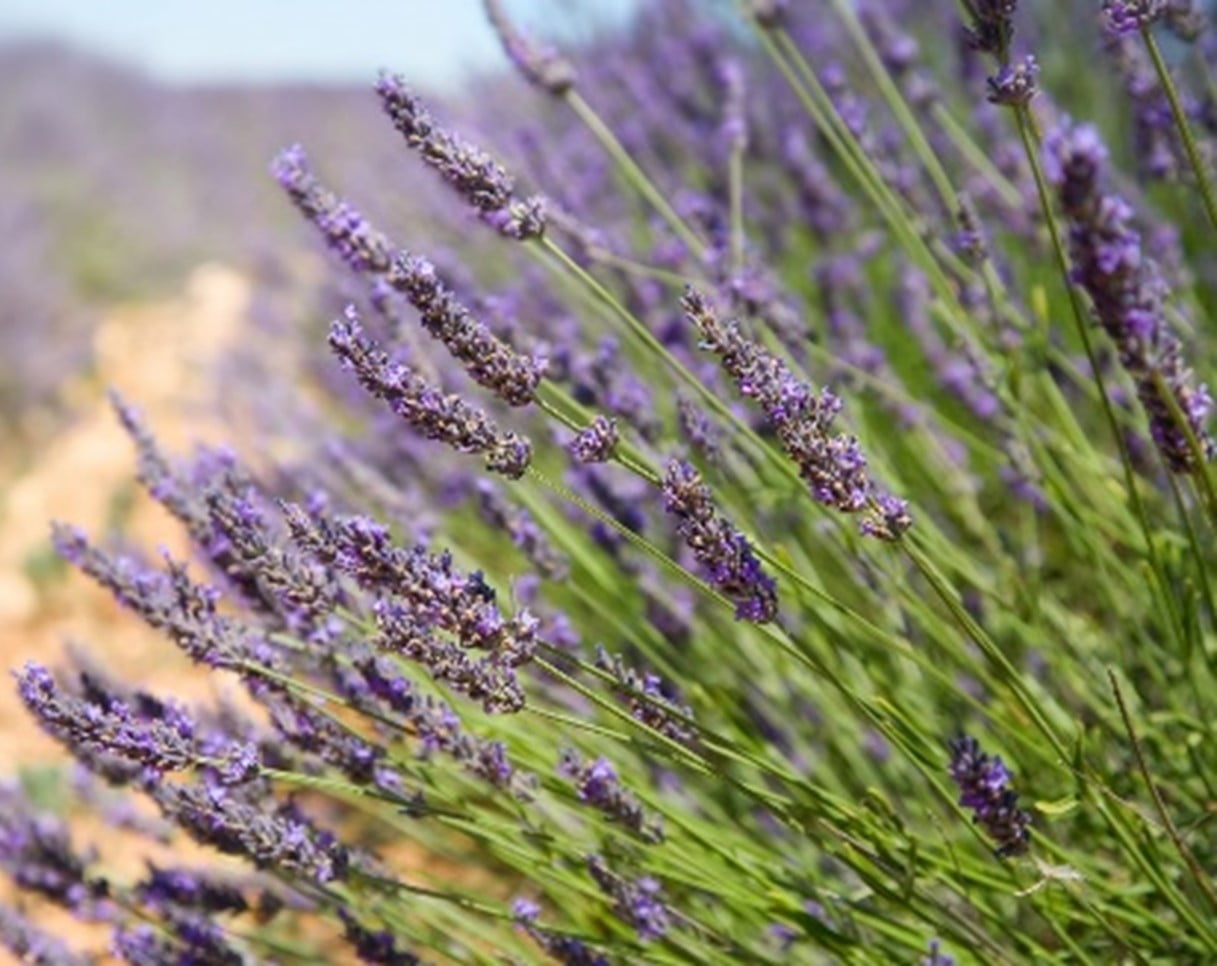What plants repel ticks? This question plagues homeowners and outdoor enthusiasts alike, as these pesky parasites can transmit a range of diseases. Fortunately, nature provides a solution: certain plants possess natural properties that effectively deter ticks. Embark on a journey to discover these tick-repelling botanical wonders and learn how to harness their power to create a safe and tick-free outdoor haven.
From the pungent aroma of lavender to the toxic compounds released by rosemary, the plant kingdom holds a wealth of secrets for keeping ticks at bay. Discover the mechanisms behind these plants’ remarkable abilities and explore the ideal placement strategies to establish a natural tick barrier around your home and yard.
Plants That Naturally Repel Ticks: What Plants Repel Ticks

Various plants possess natural mechanisms that effectively repel ticks. These plants emit strong scents or release toxic compounds that deter ticks from approaching or infesting areas where they are present.
Certain plants emit scents that repel ticks. Consider planting rosemary, lavender, mint, or basil around your outdoor areas. These aromatic plants create a natural barrier against these pests. To enhance their effectiveness, consider using a planter with coco liner . The coco liner provides a moist environment that promotes healthy plant growth, ensuring a continuous release of repellent scents.
Strategically placing these plants around homes and yards can create a natural tick barrier, reducing the risk of tick bites and the transmission of tick-borne diseases.
Certain plants, such as lavender, rosemary, and mint, are known to repel ticks due to their strong scents. Interestingly, the joe pye weed host plant also emits a distinct aroma that is unappealing to these pests. This makes it a potential natural deterrent for tick infestations in gardens and outdoor areas where ticks may be prevalent.
Tick-Repelling Plants
- Marigolds: Marigolds release a strong scent that repels ticks and other insects. They can be planted in borders, containers, or as companion plants in gardens.
- Lavender: Lavender’s fragrant oil contains linalool, a compound that ticks find unappealing. Plant lavender around patios, walkways, and other areas where ticks may be present.
- Pennyroyal: Pennyroyal contains pulegone, a toxic compound that repels ticks. It should be used with caution, as it can be harmful to pets if ingested.
- Citronella: Citronella oil is known for its insect-repelling properties. Planting citronella grass or using citronella candles can create a tick-free zone.
- Rosemary: Rosemary releases a pungent aroma that repels ticks. It can be planted in pots, borders, or as a hedge.
- Chrysanthemums: Chrysanthemums contain pyrethrum, a natural insecticide that is effective against ticks. They can be planted in beds, borders, or containers.
- Garlic: Garlic’s strong odor repels ticks. Plant garlic around the perimeter of your yard or in raised beds.
- Peppermint: Peppermint’s strong scent deters ticks. It can be planted in containers, borders, or as a ground cover.
Strategies for Using Repellent Plants Effectively

Incorporating tick-repelling plants into your landscaping design can be a natural and effective way to keep ticks at bay. By choosing the right plants and following proper maintenance practices, you can create a tick-free zone around your home and enjoy the outdoors without worry.
To use repellent plants effectively, consider the following strategies:
Choosing the Right Plants
When selecting repellent plants, consider the climate and region where you live. Some plants are more effective in certain climates than others. For example, lavender and rosemary thrive in warm, Mediterranean climates, while lemongrass and catnip prefer moist, tropical environments.
Incorporating Plants into Landscaping
Incorporate repellent plants into your landscaping by planting them around the perimeter of your property, along walkways, and near outdoor seating areas. This will create a barrier that discourages ticks from entering your yard.
Maintenance and Care
To ensure optimal tick-repellent effects, maintain and care for your repellent plants properly. Water them regularly, fertilize them according to the manufacturer’s instructions, and prune them to keep them healthy and vigorous.
Additional Considerations for Tick Prevention

Alongside using repellent plants, several other measures can be taken to prevent tick infestations. Regularly mowing your lawn and removing leaf litter can reduce the habitat for ticks. Using tick repellents containing DEET, picaridin, or IR3535 on clothing and skin can also effectively deter ticks.
Personal Protective Measures
When in tick-infested areas, personal protective measures are crucial. Wear long sleeves, pants, and closed-toe shoes to minimize exposed skin. Tuck your pants into your socks to prevent ticks from crawling up your legs. Light-colored clothing makes it easier to spot ticks.
Tick-Borne Diseases and Prevention, What plants repel ticks
Ticks can transmit various diseases, including Lyme disease, Rocky Mountain spotted fever, and tularemia. Symptoms of Lyme disease can include fever, headache, fatigue, and a characteristic bullseye rash. Early diagnosis and treatment are crucial to prevent serious complications. Vaccines are available for Lyme disease and other tick-borne diseases; consult with your healthcare provider for recommendations.

Certain plants emit strong scents that naturally repel ticks. One such plant is the intriguing inside out flower plant . Its unique inverted petals release a pungent aroma that ticks find highly unpleasant, making it an effective natural deterrent. This plant’s repellent properties add to the arsenal of natural tick repellents, offering an eco-friendly solution to keep these pests at bay.